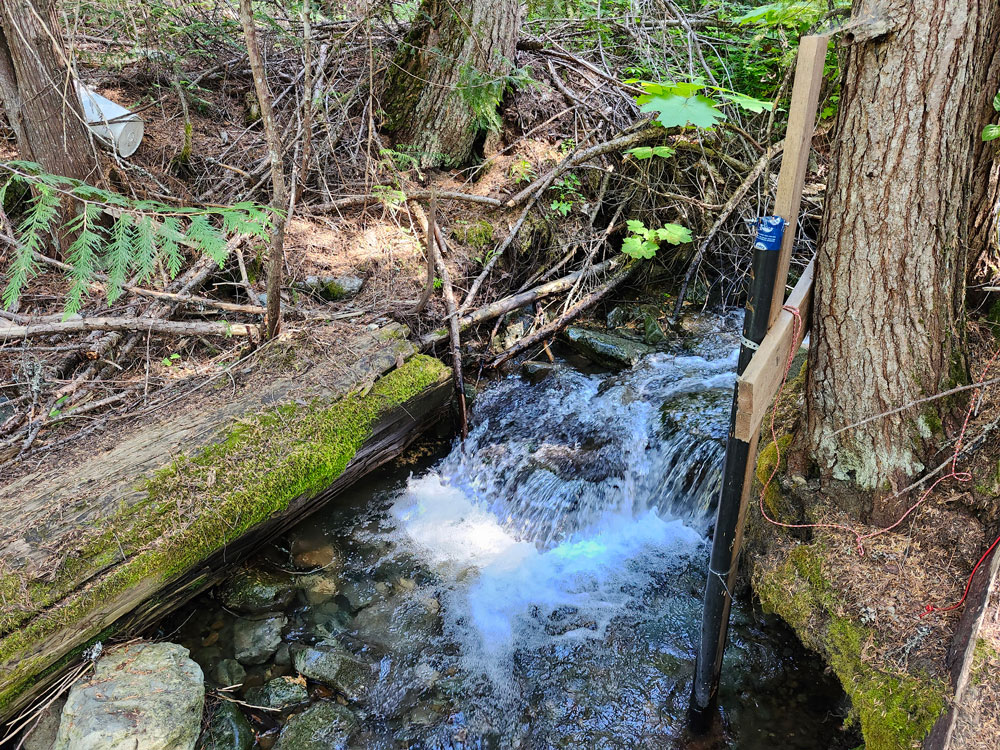
Overview
Solinst now offers an optional, field-replaceable unscreened nose cone design for the Levelogger (M5 models—Junior and LevelVent included). This enhancement is the result of customer feedback and field collaboration with Saso Consulting, who provided valuable insight from real-world monitoring in shallow, aerated streams —a special thank you to Paul Saso.
Note: As this nose cone design lacks a filter screen, care should be taken when deploying the datalogger.
Key Improvements
Enhanced Bubble Release:
The redesigned nose cone geometry allows air bubbles to escape more easily from the sensor area, preventing them from becoming trapped near the pressure transducer.
Maintaining Data Accuracy:
Trapped air bubbles can introduce potential variability by acting as a compressible medium. This variability can be amplified by diurnal temperature changes*, which may lead to noise or drift in pressure and level readings. The new design reduces this effect, helping to maintain the accuracy and stability you expect from Leveloggers.
Field-Replaceable Design
- Easy to install or swap in the field.
- Compatible with existing L5 and Edge M5 units.
- Provides flexibility—users can choose the standard nose cone or swap the nose cone based on specific site conditions.
Benefits for Users
- Consistent Performance in aerated, turbulent, shallow streams.
- Reduced maintenance and post-processing, as data variability is minimized at the source.
- Operational flexibility, with optional accessory design to meet site-specific challenges.
Overall, if you are monitoring shallow, aerated streams, this optional nose cone provides a practical enhancement to maintain data quality and reduce variability caused by trapped bubbles.
Commitment to Continuous Improvement
This product enhancement reflects Solinst’s dedication to:
Listening to feedback from the environmental monitoring community.
Learning from field experiences in challenging monitoring environments.
Innovating solutions that deliver measurable benefits to customers.
The optional nose cone is another example of Solinst’s mission to provide reliable, accurate, and adaptable instrumentation to surface water professionals.
*Diurnal temperature change is the difference between the highest and lowest air temperatures over 24 hours, known as the diurnal temperature range (DTR). It results from the Earth’s rotation, leading to daily heating from the sun and nighttime cooling. Factors influencing this change include clouds, humidity, proximity to water, vegetation, longitude, and altitude.

